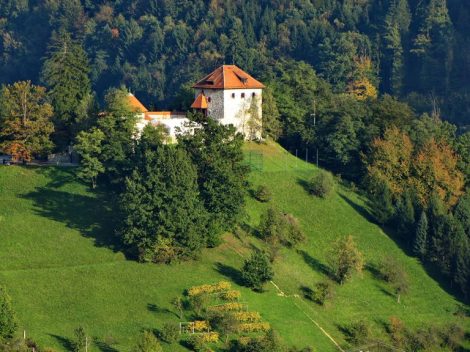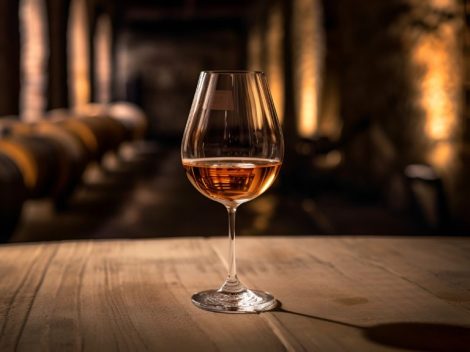The province of Bologna serves as the dividing line between the two halves of this vast region, which are so different from each other that from the next edition of the Gambero Rosso Italian Wines Guide, they will likely be treated separately.
In Emilia, Lambrusco dominates the scene
In Emilia, it is no surprise that Lambrusco dominates, thanks to its high production volumes and many top-quality producers. This is especially true in a period when consumers favour lighter, more drinkable wines over the heavier wines that were popular in past years.
From the elegance of Sorbara – also in its sparkling version – to the bolder fruit of Grasparossa di Castelvetro and Salamino di Santa Croce, we've observed a steady increase in quality, particularly from hillside vineyards and historically renowned areas in the provinces of Modena and Reggio Emilia. This marks a clear distinction from generic Lambrusco Emilia wines, which include less noble varieties and offer both lower quality and price.
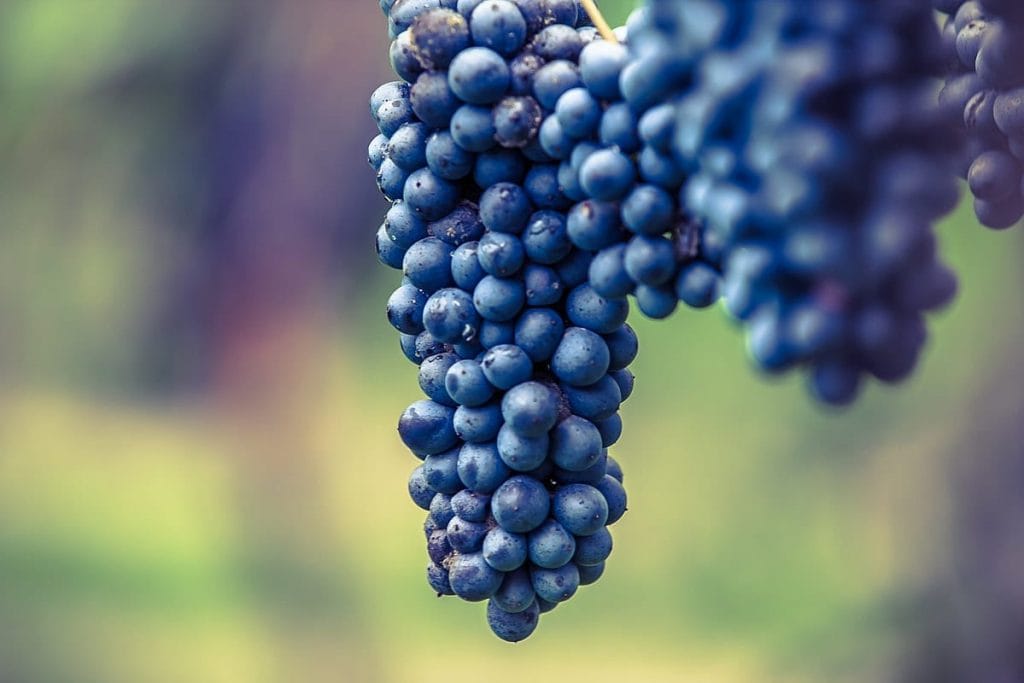
In the Colli Bolognesi area, Pignoletto – despite some confusion over its various designations – is becoming increasingly identified with the territory, more so than wines made from international varieties. However, the province of Parma struggles to express the characteristics of its terroir. Piacenza is a different story, where the Metodo Classico wines made from traditional grapes like Pinot Nero and Chardonnay are achieving the best results, thanks to the area's similarity to the nearby Oltrepò Pavese, a region historically known for its sparkling wines.
As for indigenous varieties, a group of producers is starting to highlight the potential of aromatic Malvasia di Candia, a grape that can produce dry wines with great personality and surprising longevity. We'll have to wait and see how this develops.
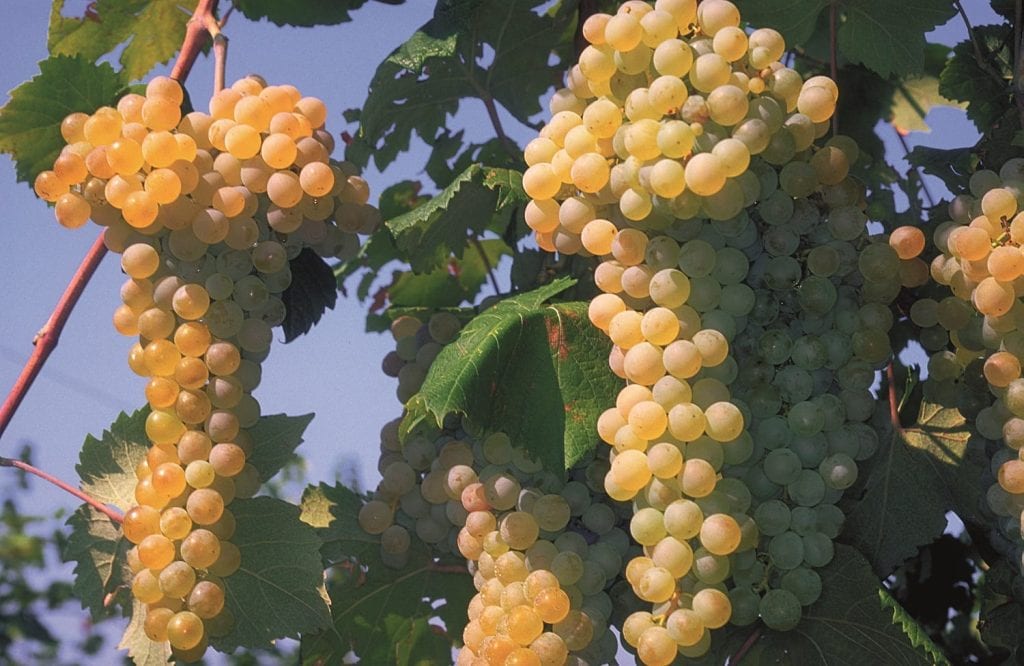
Romagna is experiencing a moment of glory
We’ve said it before, and we’re convinced that Romagna is on the right path, increasingly revealing the different terroirs of its wines. The undisputed star is Sangiovese, now divided into 16 subzones, known as Rocche di Romagna. Some of these cover large areas, making it harder to find a common denominator in the wines, while others are more defined, and this is reflected in the glass.
But it’s not just about Sangiovese. Albana, although produced in small quantities, is a variety we deeply appreciate. It reaches its full expression across various styles, from the classic white vinification to skin-contact wines, from sparkling versions to late-harvest wines enriched by noble rot.
Finally, we must mention another variety we believe in strongly: Trebbiano, particularly those from the hillside areas, a grape that could truly showcase Romagna’s authentic character.

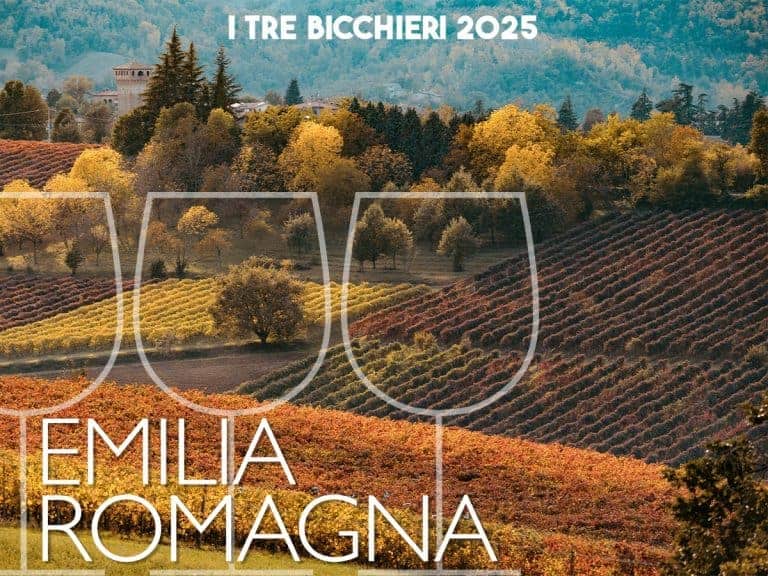
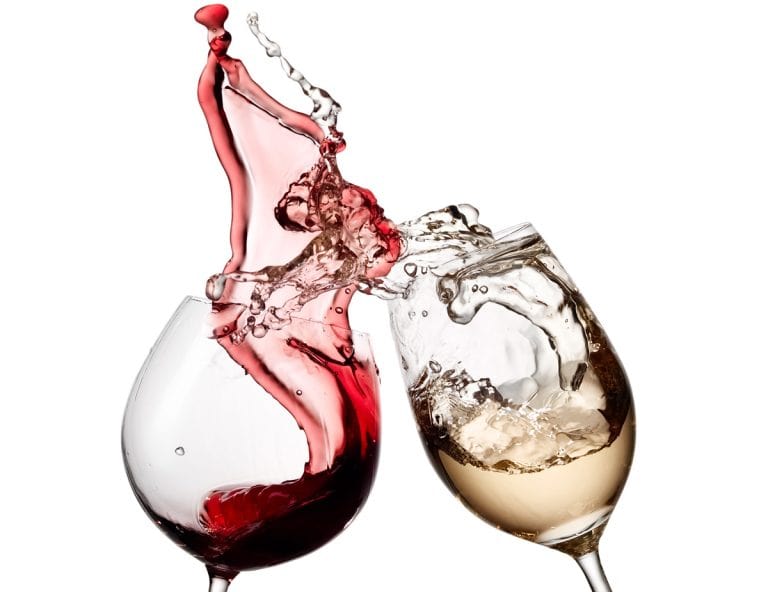 The Game (and the misunderstanding) of dealcoholised wines: even an expert critic can be fooled at first sip
The Game (and the misunderstanding) of dealcoholised wines: even an expert critic can be fooled at first sip With fish, you can (also) drink red!
With fish, you can (also) drink red! The story of the pharmacist who dispenses prescriptions by day and crafts gourmet burgers by night
The story of the pharmacist who dispenses prescriptions by day and crafts gourmet burgers by night It's time for light Prosecco: the lower-alcohol version is the latest innovation in record-breaking bubbles
It's time for light Prosecco: the lower-alcohol version is the latest innovation in record-breaking bubbles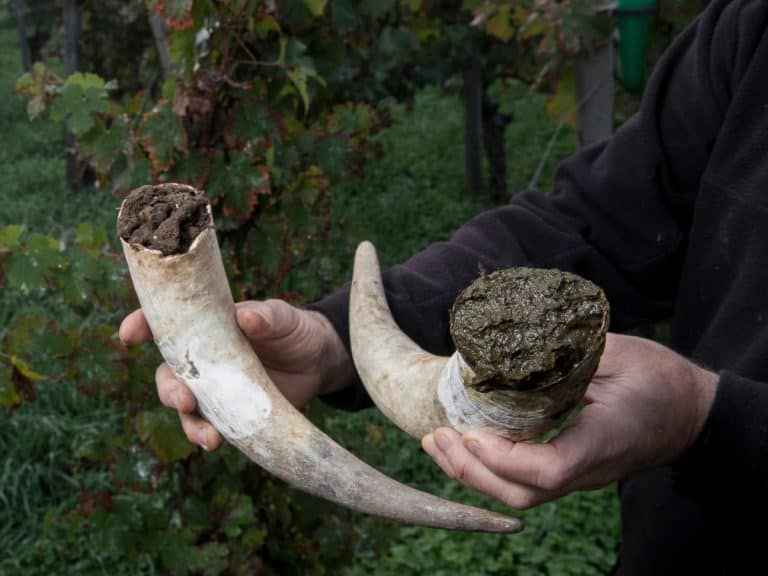 "Biodynamic preparations ave no effect on viticulture": The shocking conclusions of a Swiss study
"Biodynamic preparations ave no effect on viticulture": The shocking conclusions of a Swiss study


